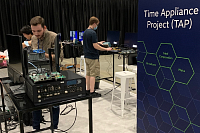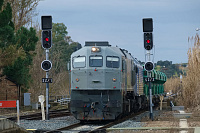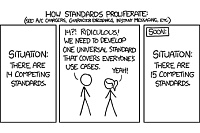Traditionally, timing and synchronization has been slow moving, pedestrian, and not very exciting. Not much to write about! However, that has changed in recent years. I attended my first ITU-T meeting on synchronization back in 2004.
We had seven attendees and eleven contributions to consider. Now, we often get 35 – 40 attendees and sometimes over 100 contributions. The IEEE also has plenty of synchronization activity, with a revision of IEEE1588 underway, and the whole “Time Sensitive Networking” initiative in the IEEE802.1 committee. Several other industry bodies, including Metro Ethernet Forum, Small Cell Forum and Internet Engineering Task Force are also discussing synchronization.
So what’s changed? Firstly, mobile technology is increasingly dependent on accurate time and phase to deliver the high data rates everyone is demanding. Secondly, other industries are starting to require accurate time, such as the power industry, financial service, and industrial machines. This is creating a wave of activity in synchronization space, but as always when multiple bodies and industries are involved, it also creates a wave of confusion. Over the next few months I'll try to unravel these developments and their implications.






















































































